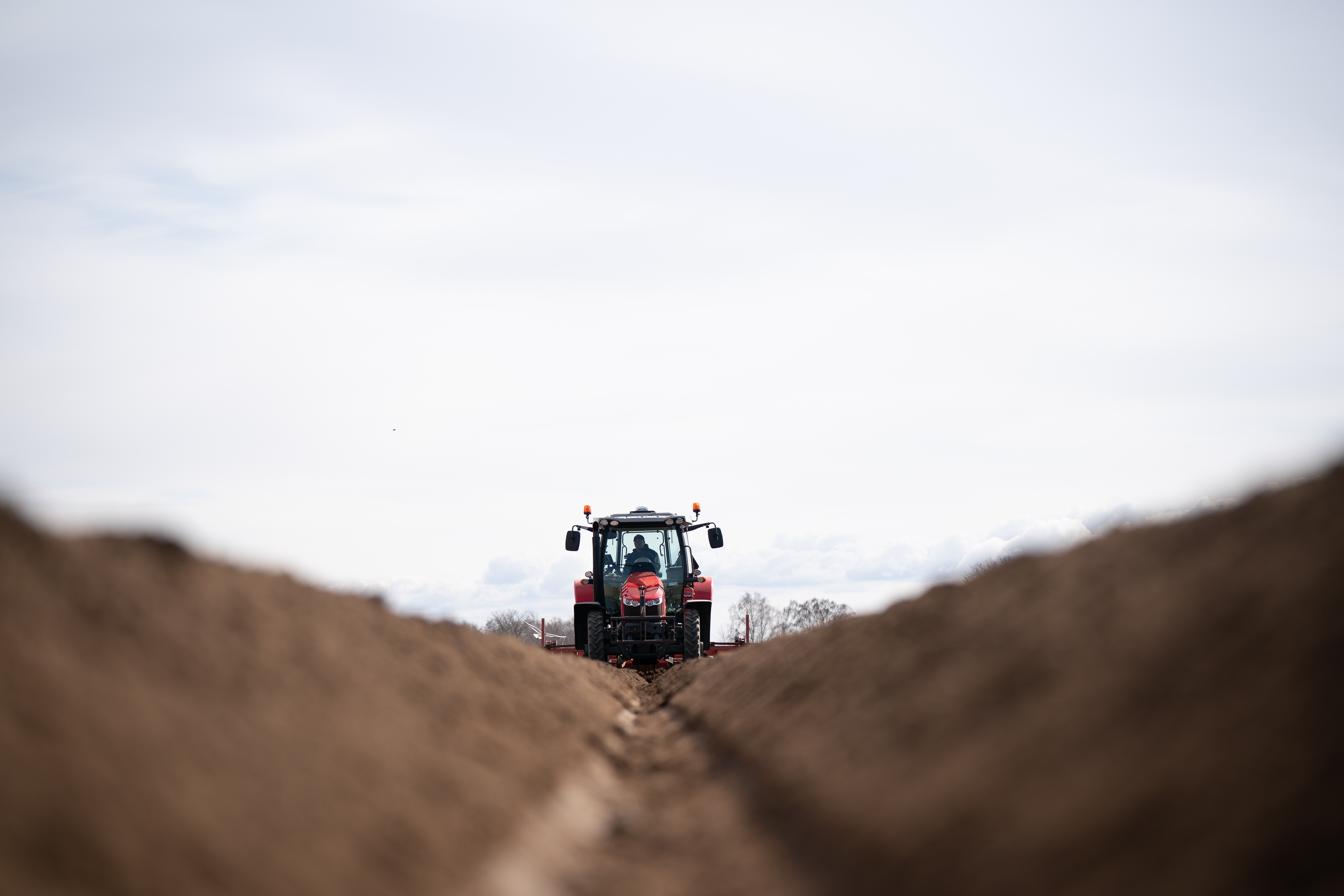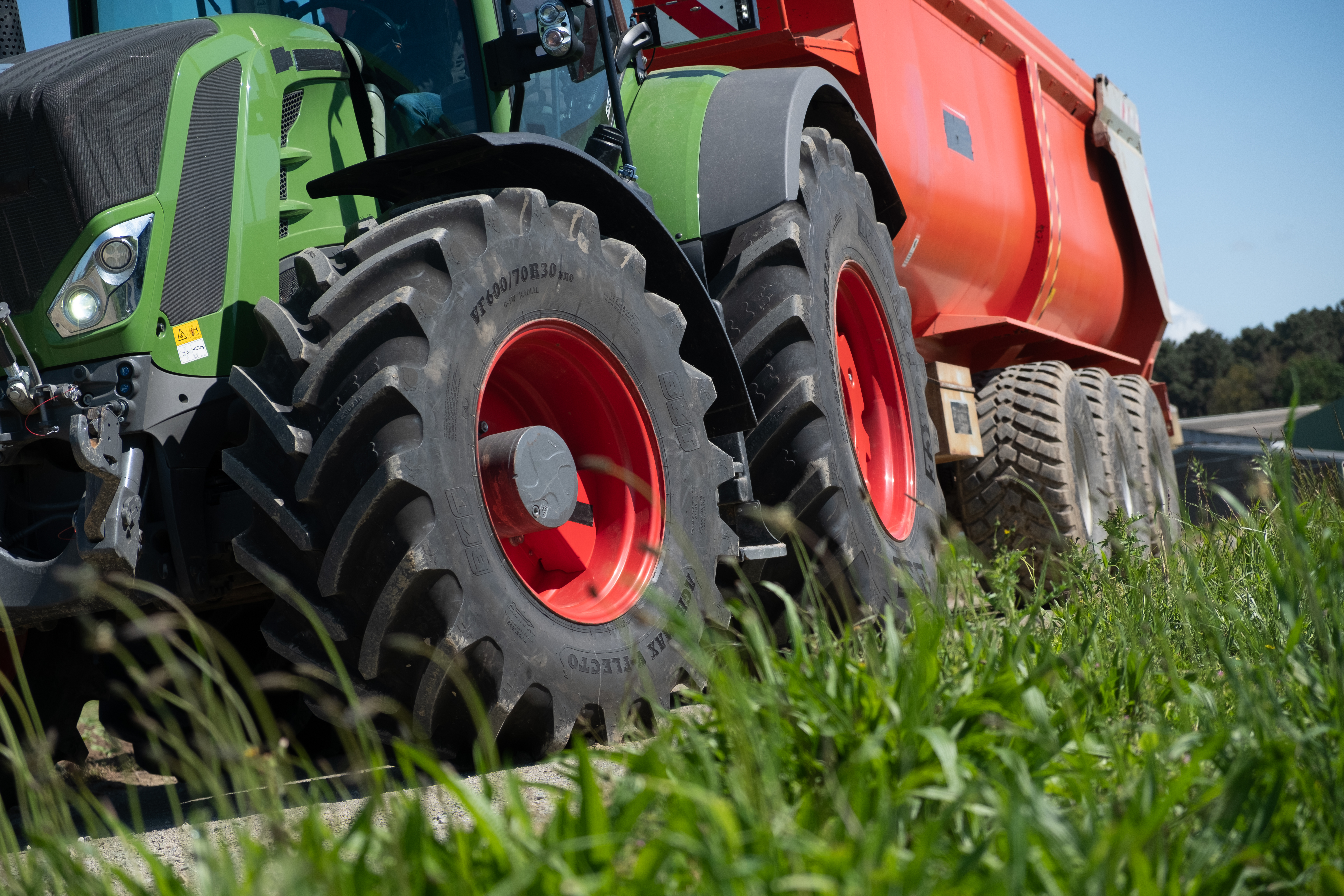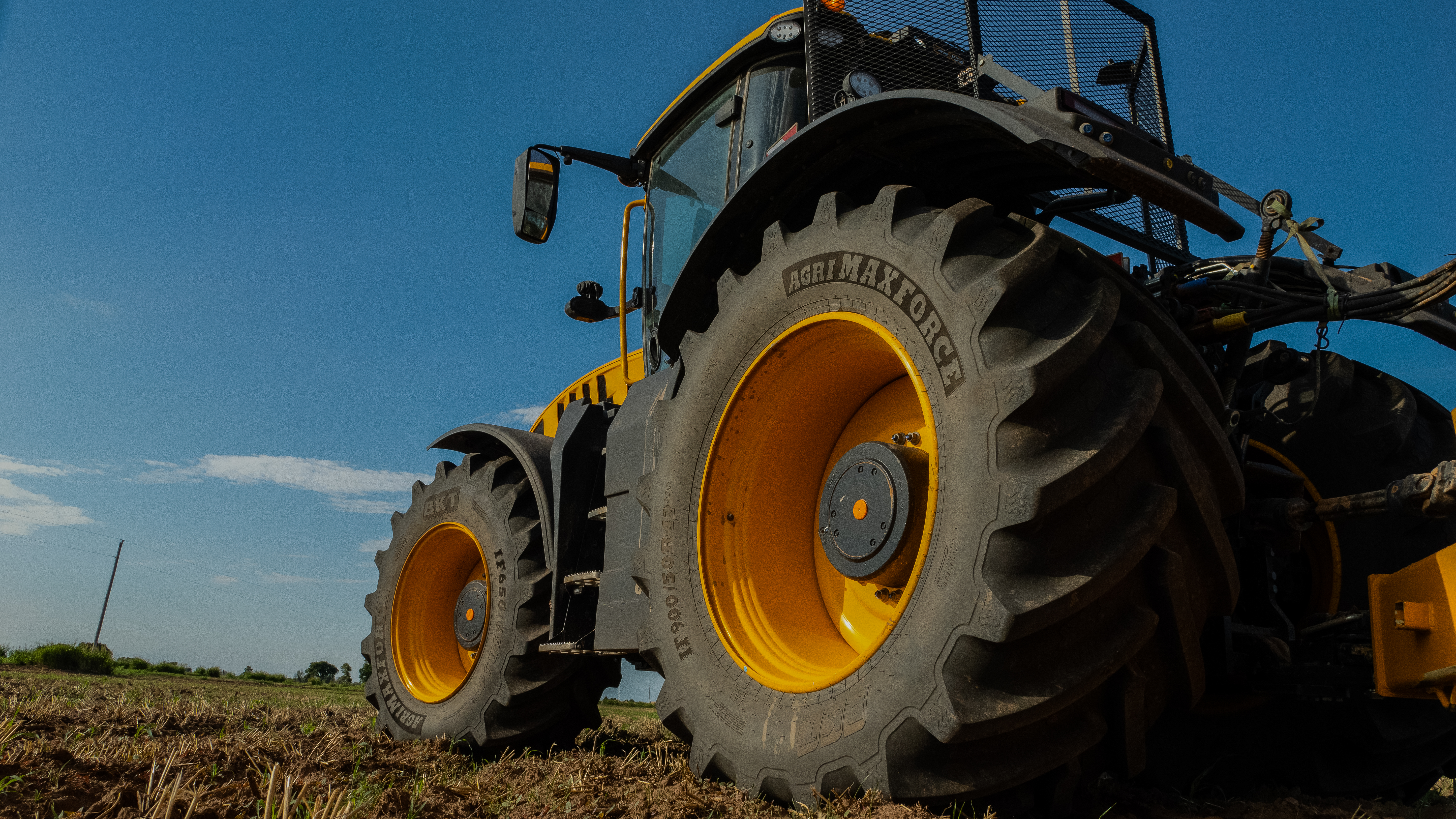

- Portugal, Spain, Belgium, and Greece: the only markets closing 2024 on a positive note. Portugal led with +25.4%, followed by Spain and Belgium (both above +13%) and Greece (+5.4%).
- France and Germany: both down, though less than 10%.
- Balkans, Estonia, Latvia, and Iceland: sharp declines above 20%.
Italy: Third Year of Decline for New Tractors
According to FederUnacoma, 2024 saw just over 15,400 new tractor registrations in Italy, down -12.2% year-on-year. The only growing segment was below 25 HP, which rose by +19%. Meanwhile, the used tractor market continued to expand (+8% vs. 2023), with over 57,000 units traded, evidence of rising demand for more affordable solutions.
Germany: A Drop of Over 1,200 Units
German registrations fell -4.4% in 2024, slipping below 27,600 units. Models under 150 HP recorded the steepest declines, while tractors above 150 HP ended the year slightly up.
France: Gardening Up, Agriculture Down
For the first time, France fell below 34,000 registrations (-5% year-on-year). Standard tractors dropped -8.4%, and specialized tractors recorded their lowest level in a decade (-24.6%).
The exceptions: gardening tractors (+9%) and high-powered machines above 300 HP (+13%). Average horsepower also climbed from 163.5 to 169 HP.
The downturn is closely linked to an 8% drop in agricultural output value, with cereal and wine producers particularly hard hit (-21.7% and -20% respectively).
United Kingdom: Low Overall, High Horsepower Rises
The UK market shrank -11.7%, slipping below 12,000 units for the first time since 2020. Yet high-horsepower models performed strongly: tractors above 240 HP grew +14%, pushing average power to 180 HP, a new record. The slowdown was driven by reduced subsidies, fiscal reforms, high production costs, commodity volatility, and unfavorable weather.
Spain: Surge in Tractors Above 100 HP
Spain grew +13.4% in 2024, surpassing 8,700 units. Growth was strongest in tractors above 100 HP, with models over 200 HP up +26%. The used market also expanded, confirming a steady trend toward cost-effective alternatives.
Turkey: A Steep Contraction
Turkey, though not included in EU aggregates, is a major market with over 63,500 units registered in 2024. This represented an -18% fall compared to 2023.
The drop reflects worsening farmer economics, declining crop prices, limited access to credit, and high inflation, all of which hit both domestic demand and export competitiveness.

So what lies ahead?
In 2025, the European tractor market shows signs of stabilization, with registrations projected at around 146,000 units, slightly above 2024. Favorable weather conditions and slower growth in energy costs are helping to restore balance. In Italy, about 16,000 new registrations are expected in 2025 (+4% vs. 2024). Confidence is also rising across Europe. CEMA’s Business Climate Index has moved from -11 in February 2025 to +2 in April, back into positive territory for the first time since mid-2023. Dealers report declining stock levels, now below the three-year average across all major European markets, another encouraging sign. Globally, optimism is returning, not just in key EU countries like Poland, Spain, and Italy, but also in overseas markets, particularly South America. For 2025 overall, sector players surveyed by CEMA expect moderate revenue growth of around +3%.






